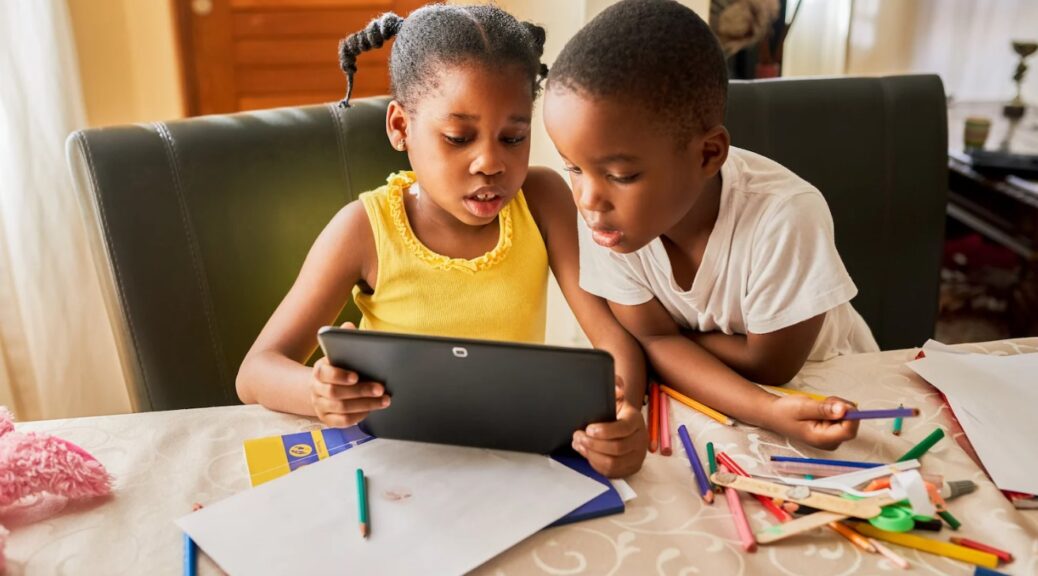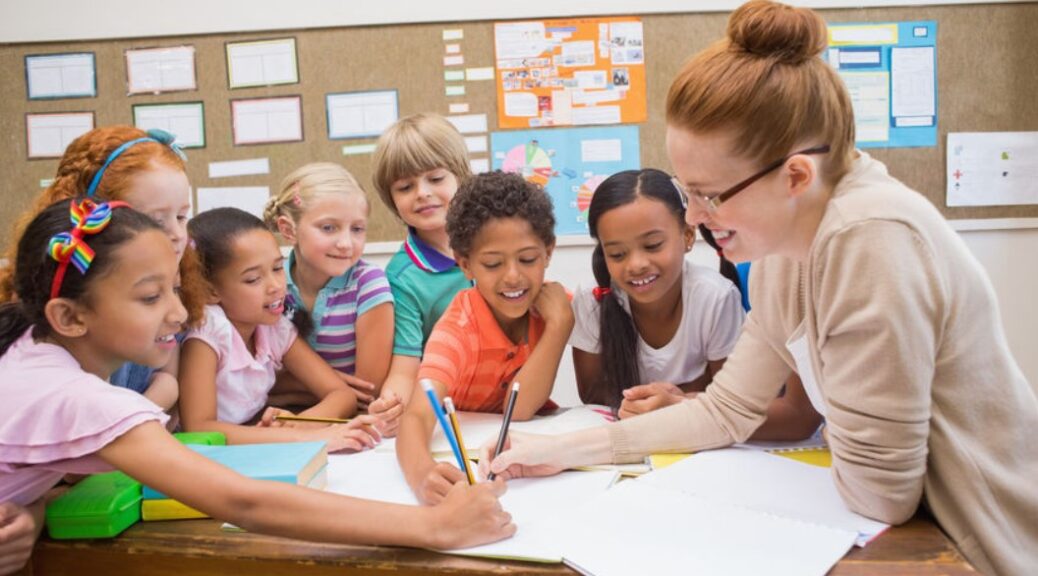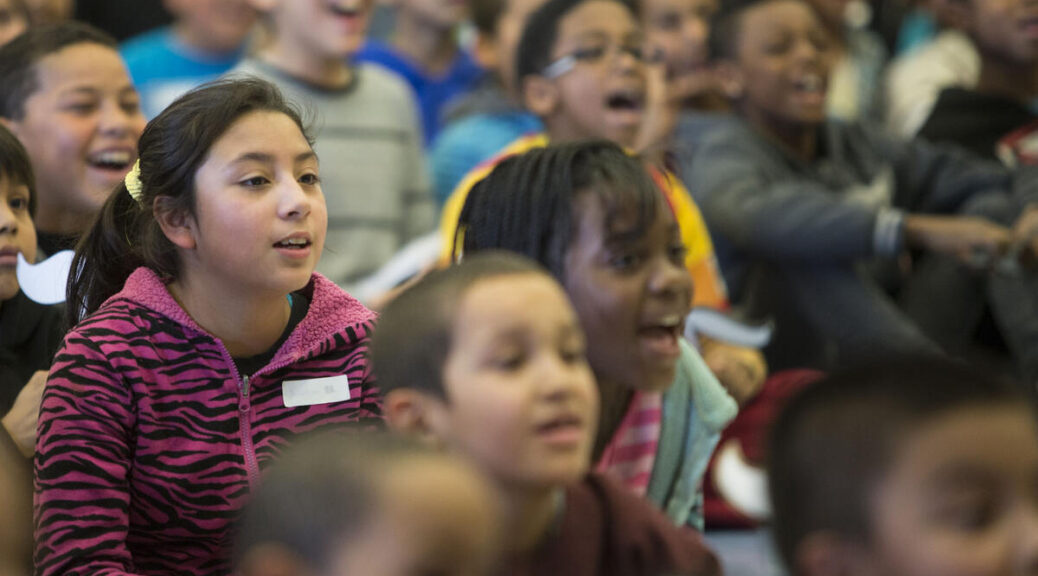Social and Emotional Learning (SEL) has become an integral part of modern education systems, particularly in elementary schools. By integrating SEL, schools aim to nurture students’ emotional intelligence, improve their interpersonal skills, and foster a positive learning environment. This approach equips young learners with the necessary tools to navigate life’s challenges, enhancing their overall well-being and academic success. This article explores the benefits of SEL in early education and outlines effective strategies for its implementation.
Benefits of Social and Emotional Learning
- Improved Academic Performance: Research indicates that students who participate in SEL programs tend to have better academic outcomes. By focusing on self-awareness, self-management, social awareness, relationship skills, and responsible decision-making, SEL helps students develop critical thinking and problem-solving skills, which directly impact their academic achievements.
- Enhanced Emotional Regulation: SEL teaches children to identify and manage their emotions effectively. This ability to self-regulate emotions leads to improved behavior in the classroom and reduces incidences of conflict and disruption. Students learn how to cope with stress, anxiety, and frustration, promoting a more harmonious school environment.
- Stronger Relationships: Social skills are a core component of SEL, enabling students to build and maintain positive relationships with peers and teachers. Through activities that encourage empathy, active listening, and effective communication, students learn to appreciate diverse perspectives and collaborate effectively.
- Increased Empathy and Compassion: SEL fosters empathy by encouraging students to consider the feelings and experiences of others. This increased awareness helps students develop compassion and a sense of community, reducing bullying and fostering a supportive and inclusive school culture.
- Long-term Success: The skills acquired through SEL have lasting impacts that extend beyond the classroom. Students who receive SEL education are better equipped to face future challenges, succeed in their careers, and maintain healthy relationships throughout their lives.
Approaches to Implementing SEL in Elementary Schools
- Integrating SEL into the Curriculum: One effective way to implement SEL is by embedding it into the existing curriculum. Teachers can incorporate SEL themes into subjects like literature, history, and science, using stories and examples that highlight emotional and social skills. This approach helps students see the relevance of SEL in various contexts.
- Dedicated SEL Programs: Schools can adopt dedicated SEL programs that provide structured lessons focusing on emotional and social skills. Programs such as Second Step, PATHS (Promoting Alternative Thinking Strategies), and RULER offer comprehensive frameworks and resources for educators to teach SEL effectively.
- Professional Development for Educators: Training teachers in SEL methodologies is crucial for successful implementation. Professional development workshops can equip educators with the skills and knowledge to integrate SEL into their teaching practices and model positive social and emotional behaviors for students.
- Creating a Supportive School Environment: Fostering a school culture that values SEL is essential. Schools can create a supportive environment by encouraging collaboration among staff, students, and parents, promoting open communication, and establishing clear expectations for behavior that align with SEL principles.
- Parental Involvement: Engaging parents in the SEL process enhances its effectiveness. Schools can organize workshops and provide resources for parents to support SEL at home, creating a consistent and reinforcing environment for students.
In conclusion, implementing Social and Emotional Learning in elementary schools offers numerous benefits that contribute to students’ holistic development. By adopting a comprehensive approach that integrates SEL into the curriculum, supports educators, and involves parents, schools can create an environment that nurtures emotionally intelligent, empathetic, and successful individuals.



